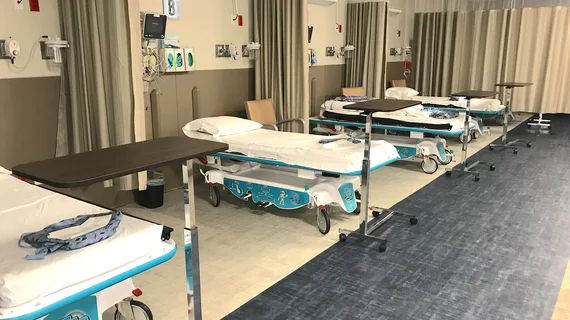Observation times following renal biopsies can be significantly reduced, according to new research
Complications following renal mass biopsy (RMB) are rare—so rare that experts are recommending shortening patients’ observation times following the procedure.
A new paper in the American Journal of Roentgenology suggests that observation periods following RMB can be significantly reduced from current standards—potentially to just three hours.
“Observation periods after renal mass biopsy range from one hour to overnight hospitalization,” corresponding author of the new paper Sébastien Christian Robert, MD, from the London Health Sciences Center in Ontario, and colleagues noted. “Short observation may improve efficiency by allowing use of the same recovery bed and other resources for RMBs in additional patients.”
To better understand the frequency and timing of RMB complications, the team retrospectively examined a cohort of more than 500 individuals who underwent the procedure, closely analyzing acute (less than 24 hours) and subacute (24 hours to 30 days) events.
In the group of 576 subjects, acute and subacute biopsy complications were rare, occurring in just 3.6% and 0.7% of patients.
Of the acute instances, 76% (16/21) experienced bleeding-related complications, all of which were associated with a deviation from normal clinical management (analgesia, unplanned laboratory testing, or additional imaging). Lower platelet counts and greater frequency of entirely endophytic renal masses were more common among this group.
The five nonbleeding acute complications occurred at the time of the procedure.
Just four subacute complications were documented; these occurred within 28 hours to 18 days following RMB.
Combined, the findings indicate that monitoring times following RMB could be revisited in many cases without posing risk to patients, the authors suggested.
“A three-hour monitoring window after RMB prior to patient discharge (in the absence of deviation from normal clinical management and complemented by informing patients of low risk of subacute complication) may provide both safe patient management and appropriate resource utilization,” the team noted.
The study abstract is available here.

